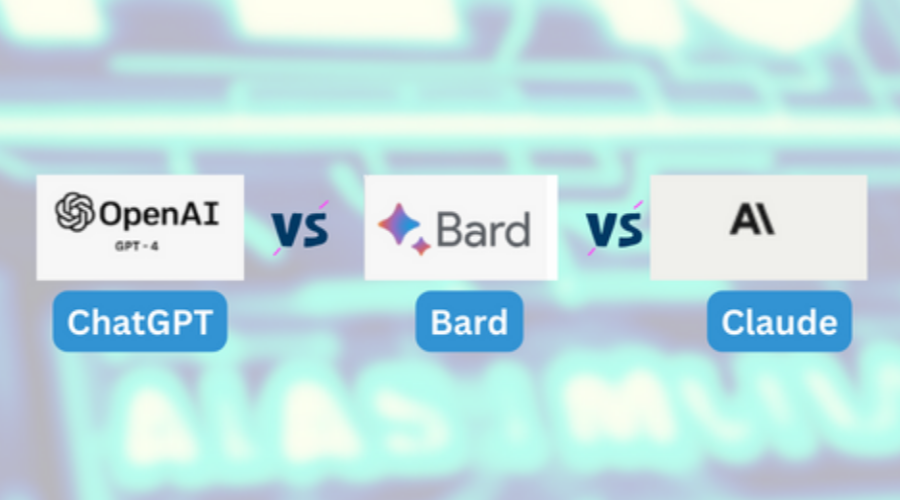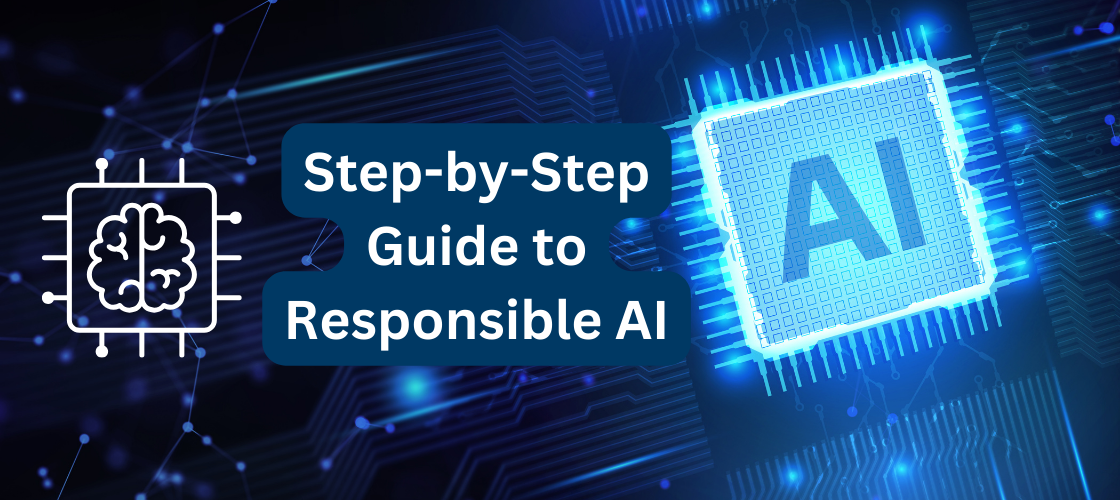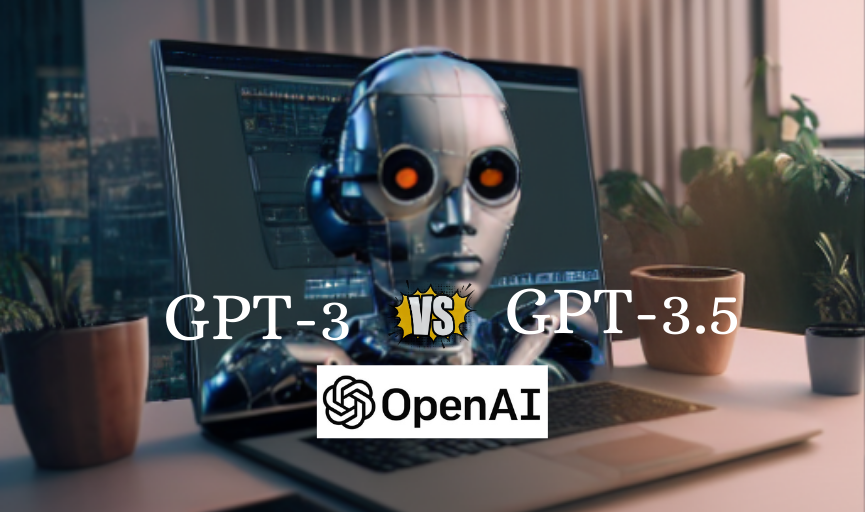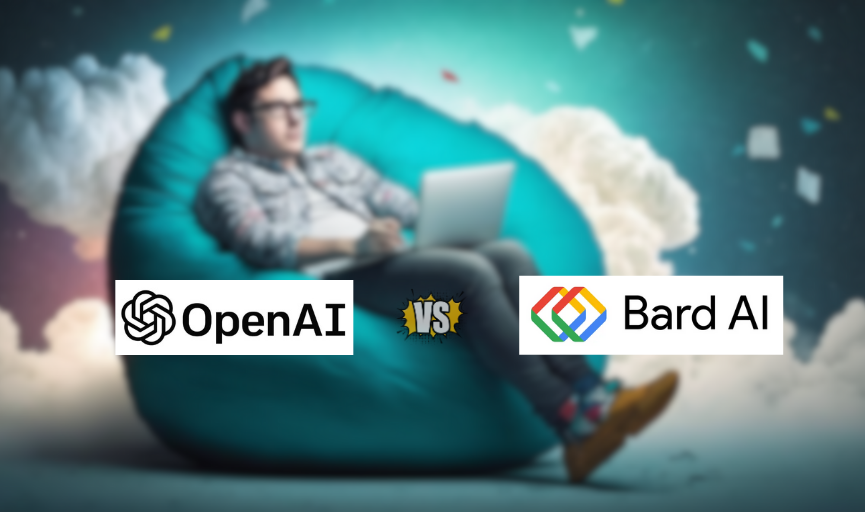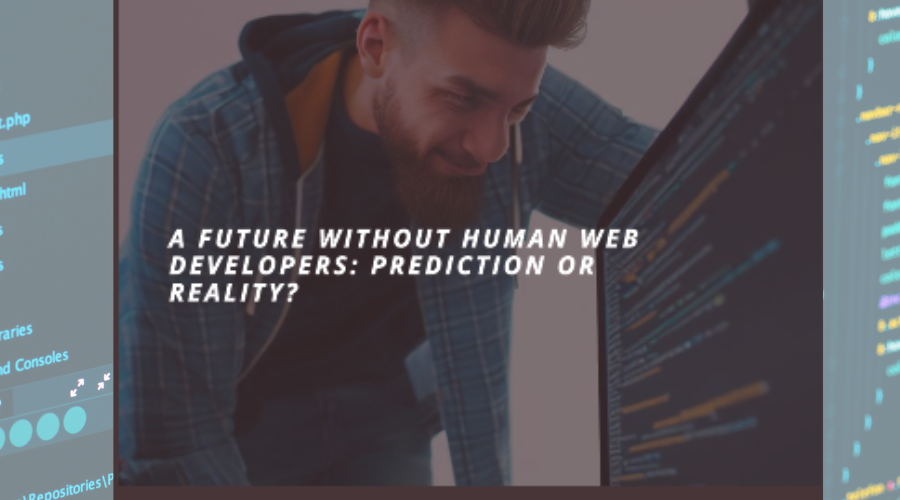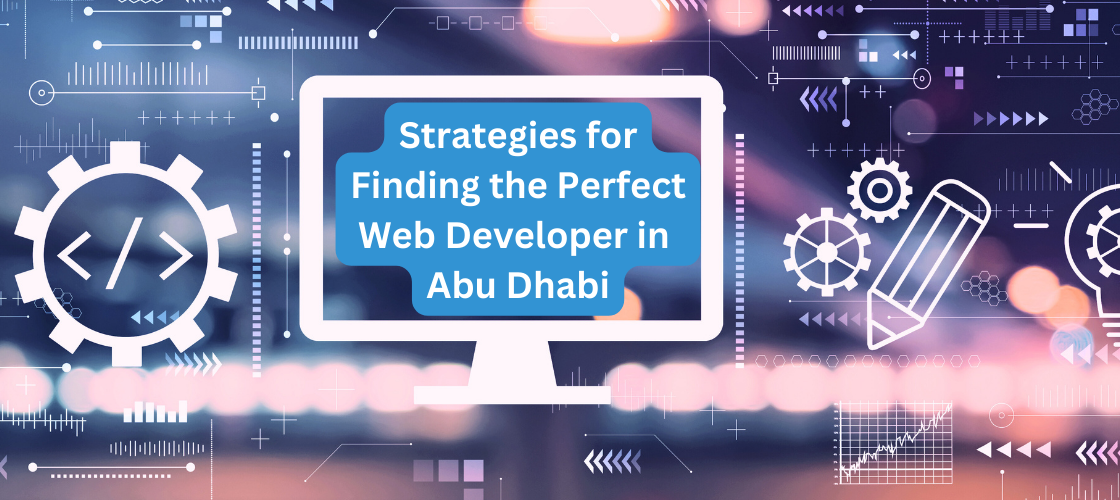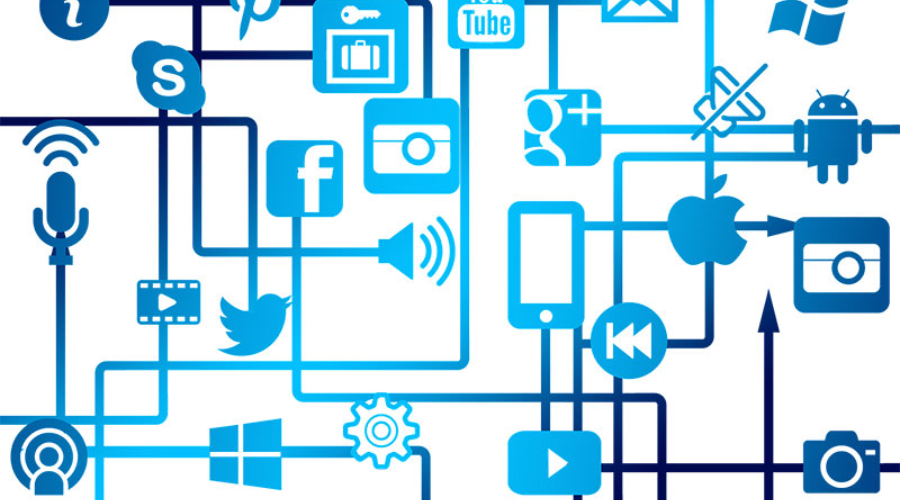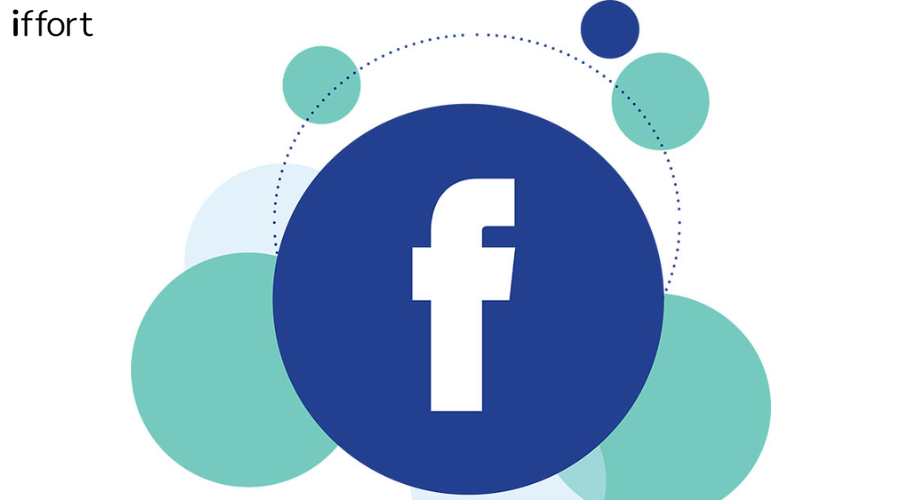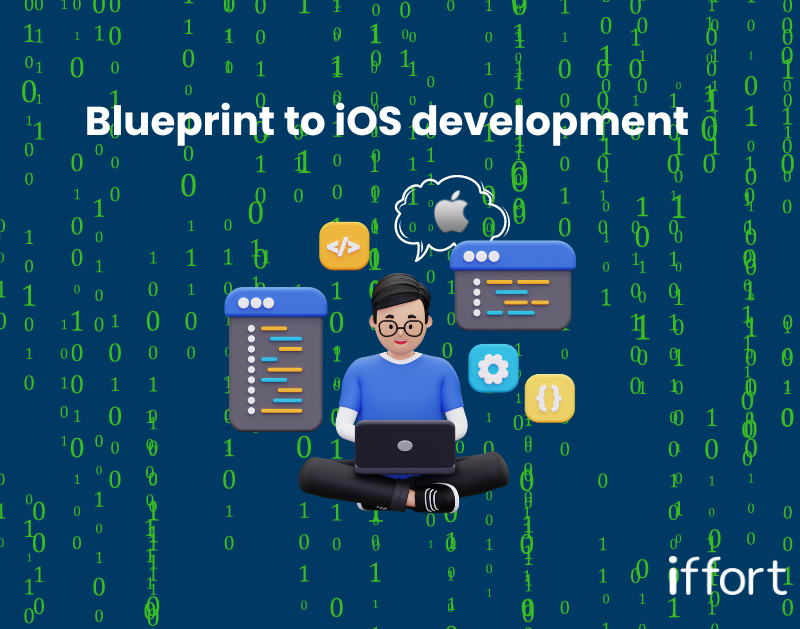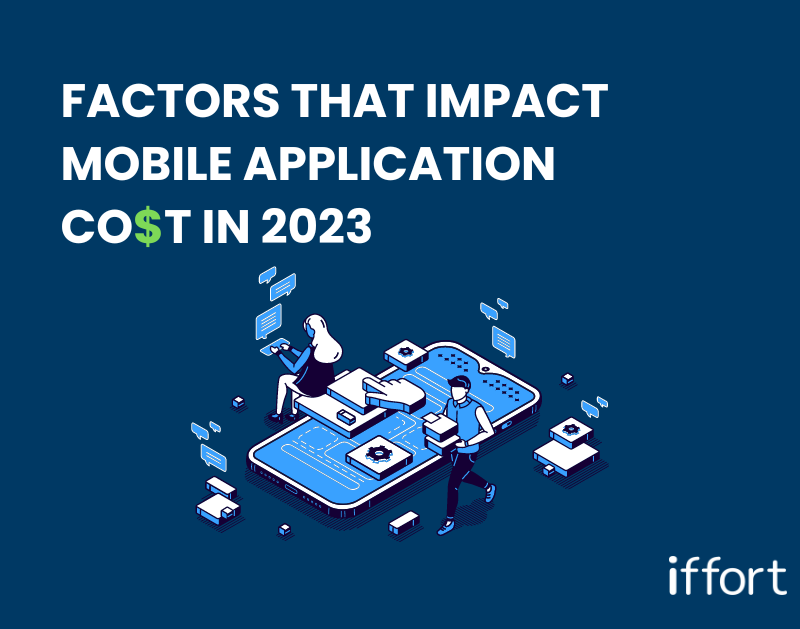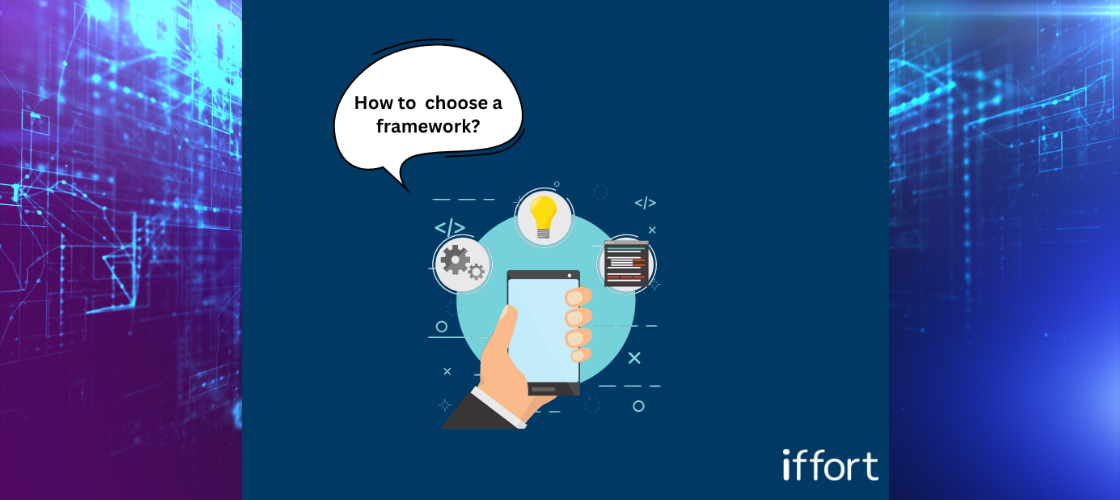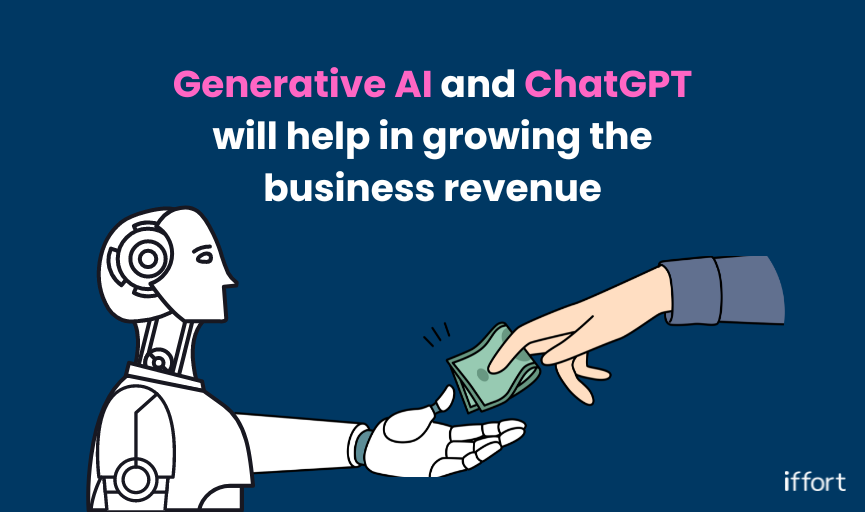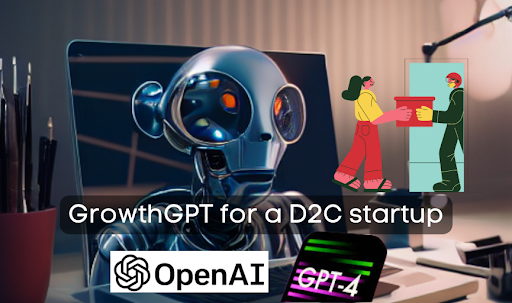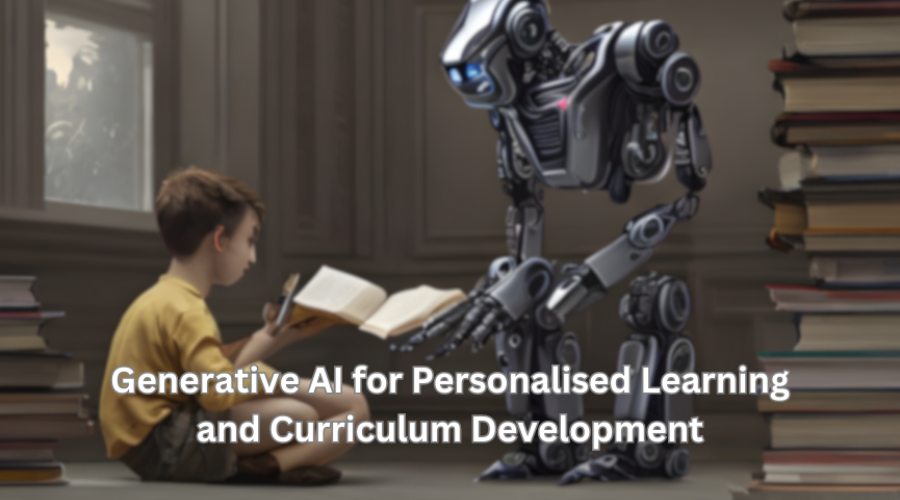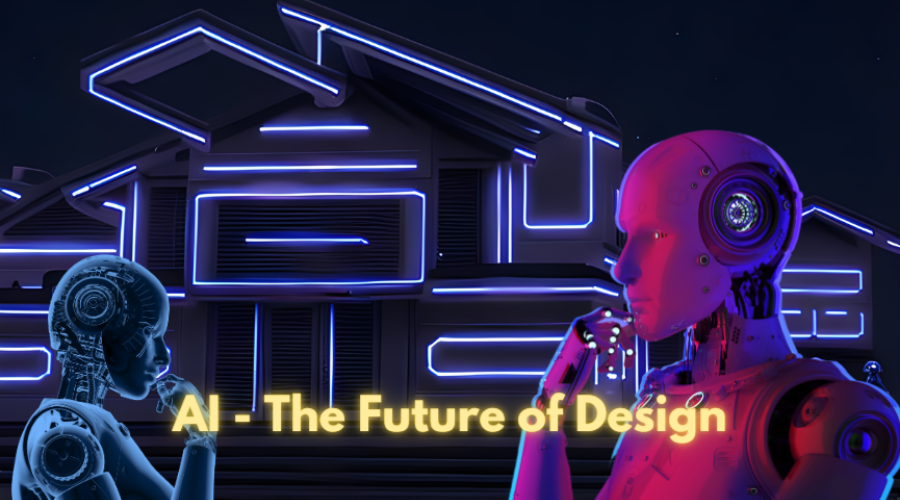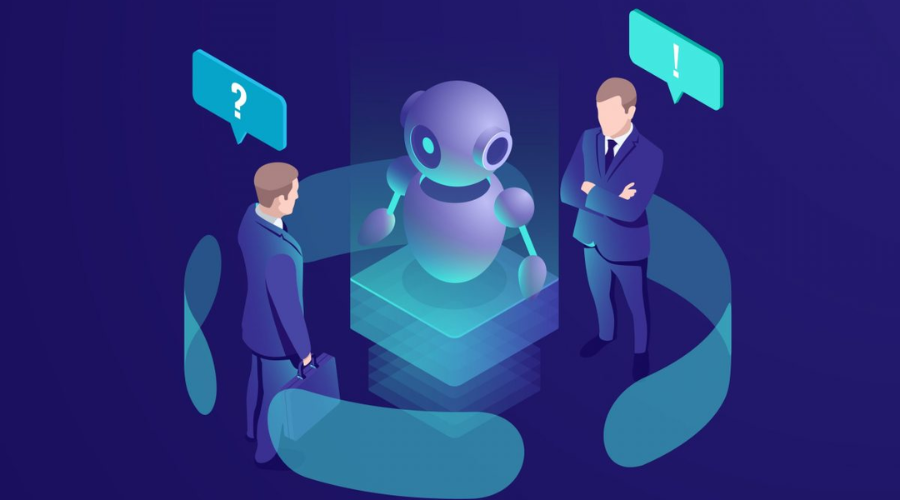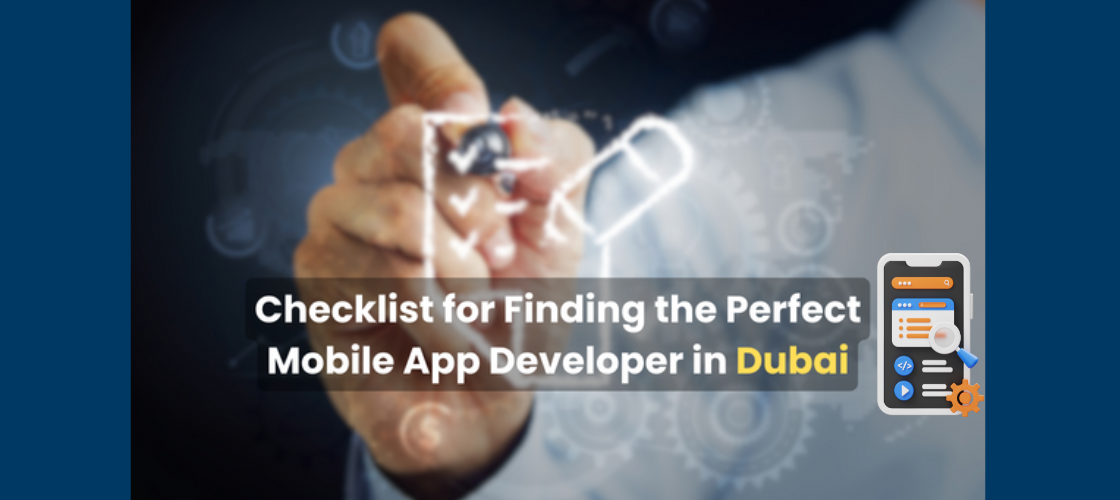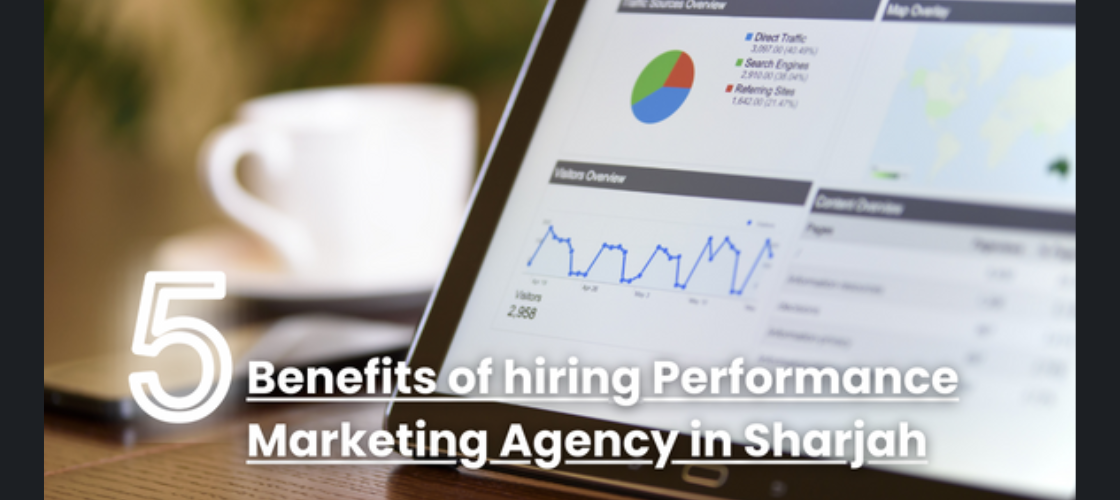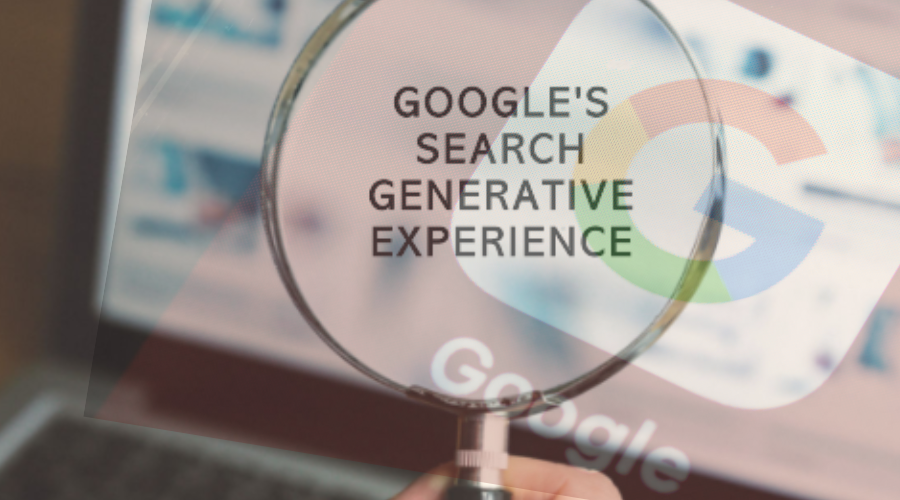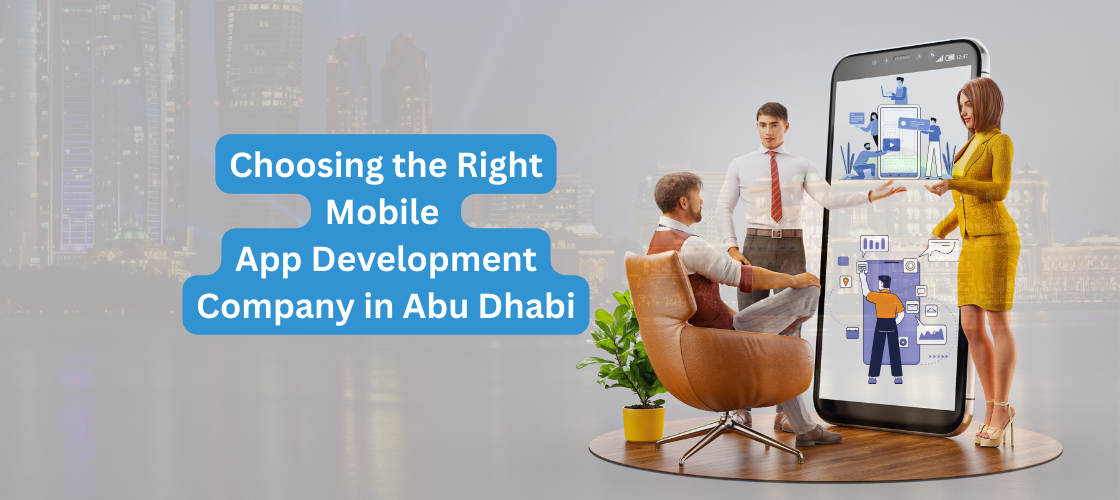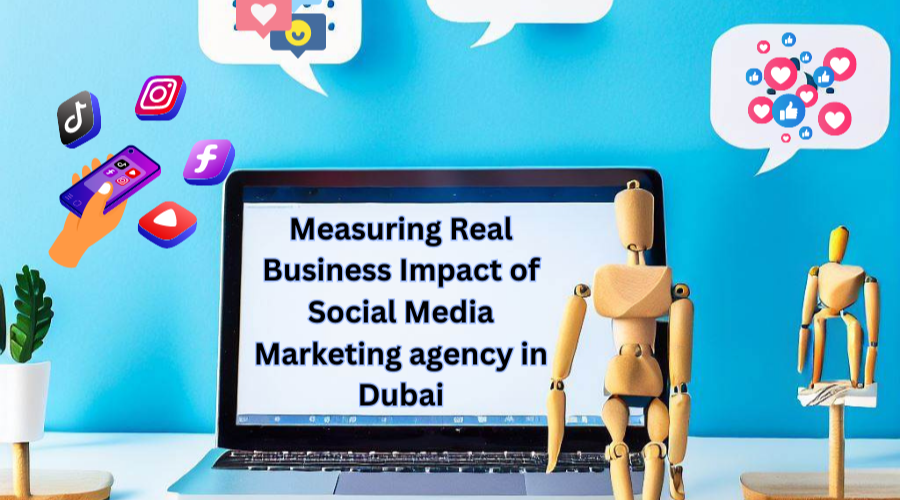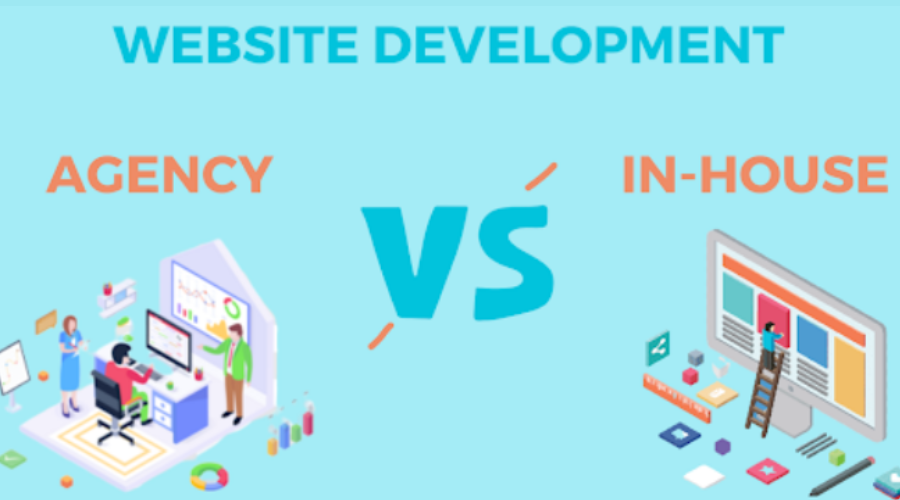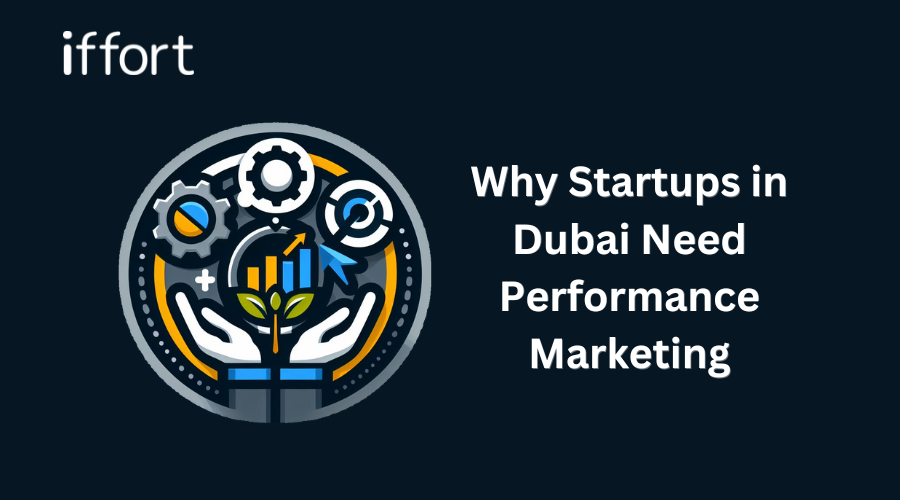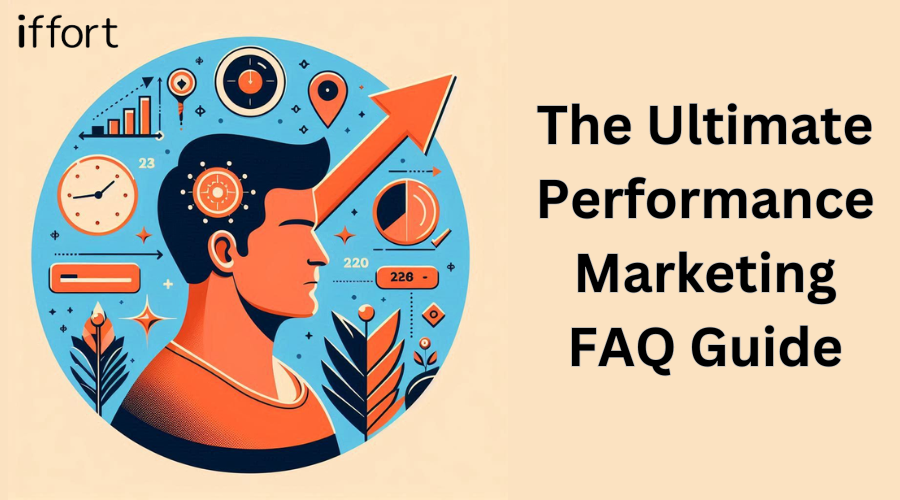In the world where every other day we hear people talking about artificial intelligence, language models have emerged as game-changers, revolutionizing the way we interact with technology and expanding the realms of natural language processing.
Among the leading players in this domain are ChatGPT 4, BARD, and Claude 2, each boasting unique features and capabilities that have captured the attention of AI enthusiasts and industry professionals alike.
In this blog post, we will dig into three of the most well-known AI tools based on LLMs. These cutting-edge models outperform their forerunners in terms of functionality, context comprehension, and performance.
Our aim here is to help you simplify tools and choose which one suits you the best according to your needs. To better comprehend the three types and assist our readers in making a choice, we shall compare and contrast them but first, a quick overview of LLMs.
What are LLMs and how do they work?
Large text and code datasets are used in the training of artificial intelligence (AI) systems referred to as “Large language models” (LLMs). They are capable of performing a wide range of duties, such as text generation, language translation, the production of different types of creative content, and the provision of useful answers to your enquiries.
LLMs are already used in numerous actual applications and are becoming more powerful. As an illustration, companies use ChatGPT 4 to develop customer service content, and researchers use Bard to analyse large volumes of medical data.
ChatGPT 4 – OpenAI’s most advanced system
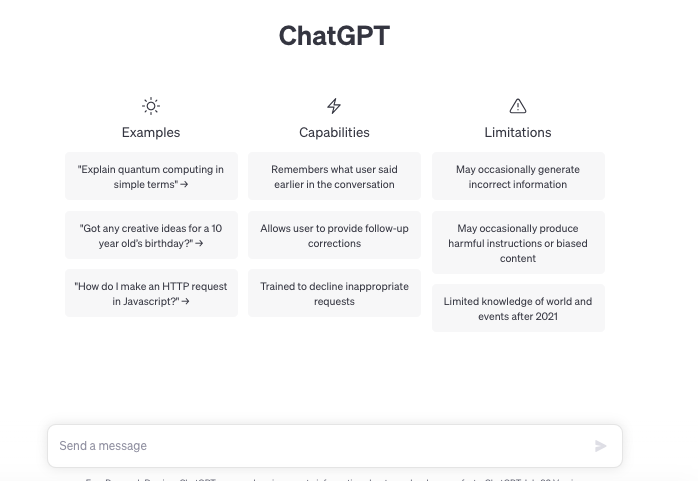
Source : ChatGPT
Overview and Features
The fourth version of the well-known GPT family of language models from OpenAI is called ChatGPT 4. GPT-1, GPT-2, GPT-3, and GPT-4 are all members of the same family of AI models known as transformers. Before GPT 4, the popular Ai tools were GPT 3 and GPT 3.5.
GPT 4 represents a considerable improvement in the capabilities of natural language processing. In order to provide more precise and contextually relevant replies, this version builds on the strengths of its predecessors by including improvements in transformer-based topologies, training procedures, and data sets.
For instance, if you ask ChatGPT 4 to “Write a poem about a flower,” it will produce a poem that uses terms that are frequently used to describe flowers. Although the poem might not be flawless, it will be true to the challenge and understandable to a human reader.
Key Features
- Expanded Context Window: One of ChatGPT 4’s unique features is its capacity to take a bigger context into account when processing language. With an increased context window, the model is better able to comprehend intricate linguistic patterns, producing replies that are more accurate and coherent.
- Conversational ability: Enhancements to ChatGPT 4’s conversational abilities make interactions with the model feel more natural and interesting. With users, it may have longer, more contextually coherent dialogues that result in more relevant and meaningful information being shared.
- Diverse Use Cases: ChatGPT 4 finds use in a range of industries. It excels in a variety of areas, including virtual assistants, text summarization, content creation, and more. Due to its adaptability, it is useful in a variety of real-world situations.
Bard, an AI experiment by Google
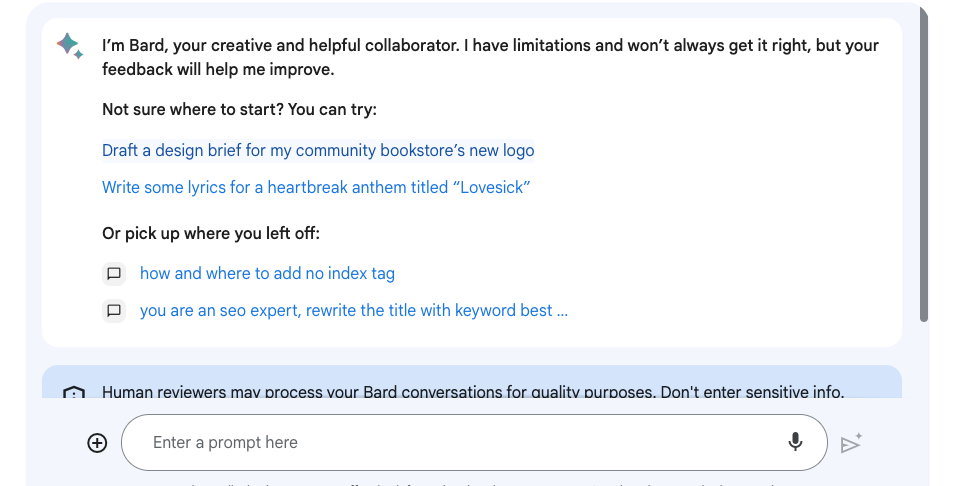
Source : Bard
Bidirectional autoregressive transformers are used in BARD, a unique method for language modeling. It was created by Google AI and is intended to be truthful and educational. It excels at summarising lengthy topics. This model considers both the preceding and succeeding tokens throughout the language production process, which is a substantial departure from conventional autoregressive models.
For instance, if you ask Bard to “Summarize the book The Lord of the Rings,’” it will produce an accurate and enlightening synopsis of the work. The summary will be accurate and instructive even if it isn’t as imaginative or interesting as one written by a person.
Key Features
- Bidirectional Context Understanding: BARD’s bidirectional methodology, which enables the model to process data from both past and future tokens, is its key feature. The ability to understand complicated sentence patterns and produce more precise and pertinent responses is improved by this bidirectional context knowledge. However, ChatGPT 4 is still unidirectional.
- Better Language Comprehension: BARD demonstrates improved language comprehension skills by taking into account the complete phrase structure in both directions. Just like ChatGPT 4 It works especially well for activities requiring text completion, question-answering, and fully comprehending the context of a given language input.
- Language Task Versatility: BARD’s bidirectional nature makes it suitable for a variety of language tasks. It is an excellent supplement to tasks requiring natural language processing since it performs well in situations where contextual understanding is crucial.
Claude 2, next-generation AI assistant based on Anthropic’s research
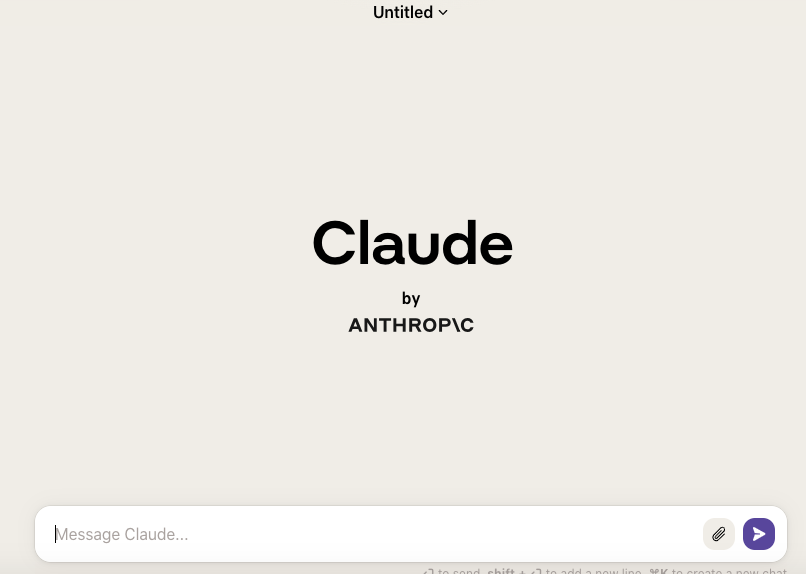
Source : Claude
Contextual comprehension and semantic coherence are the main goals of the language model Claude 2. It is a sizable language model created by Anthropic. It is made to be thorough and in-depth, and it excels at identifying images and condensing lengthy content.
For instance, Claude 2 will produce an exhaustive and in-depth response if you ask it, “What is the meaning of life?” Although it might not be the answer you were looking for, the response will be well-thought-out and considered.
Key Features
1. Contextual Understanding: Claude 2’s instruction places a strong emphasis on its capacity to understand context, enabling it to produce well-organized and contextually pertinent responses. Its fine-tuning procedure makes sure that it comprehends complicated linguistic patterns, enabling it to generate content and decipher user intent with ease. Bard and ChatGPT 4 both have a contextual understanding just like Claude 2.
2. Flexible language model: Claude 2 is a flexible model thanks to its fine-tuned training on a variety of datasets for language tasks. It is capable of handling many different linguistic tasks, including information extraction, sentiment analysis, content generation, and more just like Bard.
3. Semantic Coherence: Claude 2’s emphasis on semantic coherence is one of its main advantages. It is a useful tool for practical applications since it performs well in jobs that call for a deep comprehension of linguistic subtleties and context. Bard and ChatGPT 4 are not as focused on semantic coherence as this tool.
Comparison of Features
| Feature | ChatGPT 4 | Bard | Claude 2 | Description |
| Developer | OpenAI | Google AI | Anthropic | 1. ChatGPT 4 is developed by OpenAI, a non-profit research company that is dedicated to the development of safe and beneficial AI. 2. Bard is developed by Google AI, the research division of Google. 3. Claude 2 is developed by Anthropic, a company that is focused on developing AI that can help humans solve some of the world’s most pressing problems. |
| Availability | Paid | Free | Free | 1. ChatGPT 4 is available for a monthly subscription fee. 2. Bard is currently free to use, but it is possible that Google may charge for it in the future. 3. Claude 2 is also currently free to use. |
| Token limit | 8,192 | 8,196 | 100,000 | 1. ChatGPT 4 has a token limit of 8,192. 2. Bard has a token limit of 8,196. 3. Claude 2 has a token limit of 100,000. |
| Internet access | Yes | Yes | No | 1. ChatGPT 4 and Bard require internet access to function. 2. Claude 2 does not require internet access. |
| Data analysis | Good | Excellent | Good | Data analysis of all the AI tools are above par. |
| Image recognition | Poor | Fair | Poor | 1. ChatGPT 4 is not designed for image recognition tasks and is average in this task. 2. Bard is fairly better at image recognition, but its ability is limited as compared to other image recognition models. 3. Claude 2 is not primarily designed for image recognition and is unable to recognize human figures in images. |
| Summarizing long content | Excellent | Excellent | Fair | 1. ChatGPT 4 is great at summarizing long content, condensing lengthy text into concise summaries. 2. Bard is also similar at summarizing long content. It can be adapted for summarization tasks, leveraging its bidirectional context understanding. 3. Claude 2 is known more for its simplifying content ability. |
| Coding ability | Good | Good | Poor | 1. ChatGPT 4 is good at coding and can be used to generate code in a variety of programming languages, such as Python, Java, and C++. 2. Bard is also good, and the coding ability may vary depending on the extent of its training in code-related tasks. 3. Claude 2 is not as good at coding as ChatGPT 4 or Bard. |
| Creativity | Good | Good | Good | 1. ChatGPT 4 is accurate but may give irrelevant information in some cases, and the knowledge cut-off is September 2021. 2. Bard is exceptionally accurate and allows web browsing. 3. Claude is not as accurate as the other two. |
| Accuracy | Good | Excellent | Fair | 1. ChatGPT 4 is accurate but may give irrelevant information in some cases, and the knowledge cut-off is September 2021. 2. Bard is exceptionally accurate and allows web browsing. 3. Claude is not as accurate as the other two. |
Conclusion
To sum up, the field of large language models keeps growing and pushing the limits of AI language interpretation and processing. The outstanding capabilities of LLMs in numerous practical applications are highlighted by ChatGPT 4’s, BARD’s, and Claude 2’s features and innovations.
In order to realize the full potential of these incredible technologies as we go towards a future where AI language models are ever more pervasive in our daily lives, responsible and ethical deployment will be essential.
LLMs have the potential to change a variety of businesses, including:
- Customer service: By using LLMs to answer customer questions, human customer service workers can concentrate on more difficult jobs.
- Education: By giving students content that is suited to their individual needs and interests, LLMs can be utilized to create individualized learning experiences for them.
- Healthcare: By giving doctors information about symptoms and available treatments, LLMs can assist in the diagnosis of diseases.
- Finance: LLMs can be used to analyze financial data, which can assist investors in making wiser financial investment decisions.
We can anticipate even more significant improvements in language interpretation and generation as LLMs continue to develop. The development of LLMs will be influenced by improved methodology, diverse data sets, and ethical considerations. They could completely alter the way we interact with computers, and they might even be utilized to produce new genres of writing and art.
When using LLMs, ethical issues are crucial, just as with any AI model. Responsible AI development must prioritize addressing any biases, assuring openness, and tracking their effects on society.
Three of the most well-liked large language models—ChatGPT 4, Bard, and Claude 2—have been contrasted in this article. We have covered their salient traits, along their advantages and disadvantages. Additionally, we have suggested a model for different uses and situations. Your unique demands and tastes will determine the model that works best for you.
We urge readers to investigate ChatGPT 4, BARD, and Claude 2 to see for themselves what they can do. Users can find the model that best fits their own use cases by experimenting with each one.
Want to collaborate and explore business opportunities?
Looking to implement AI in your business?
Connect with Iffort, your digital technology and marketing partner. We can help incubate startup ideas and bring product-level thinking to the core.

